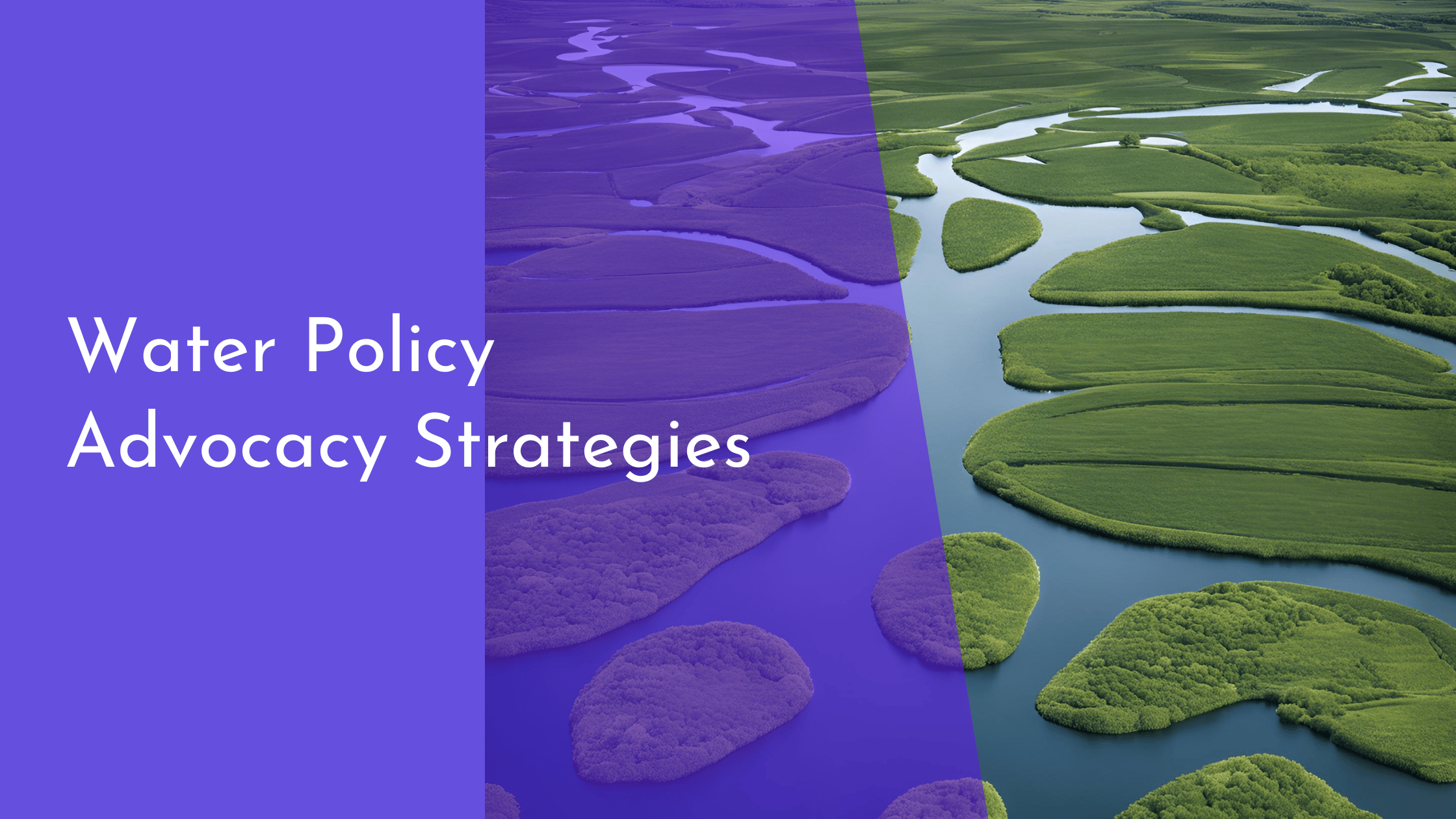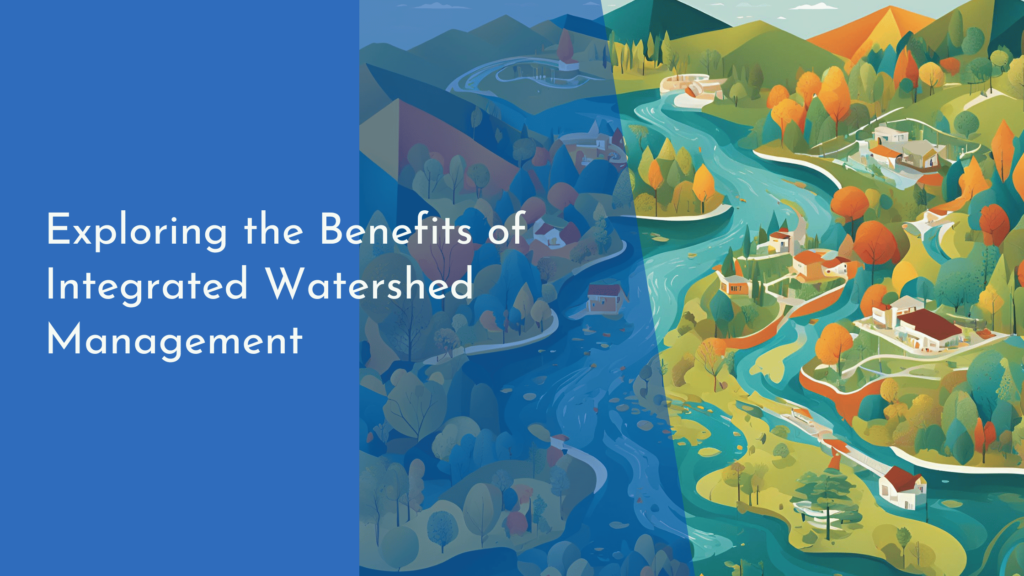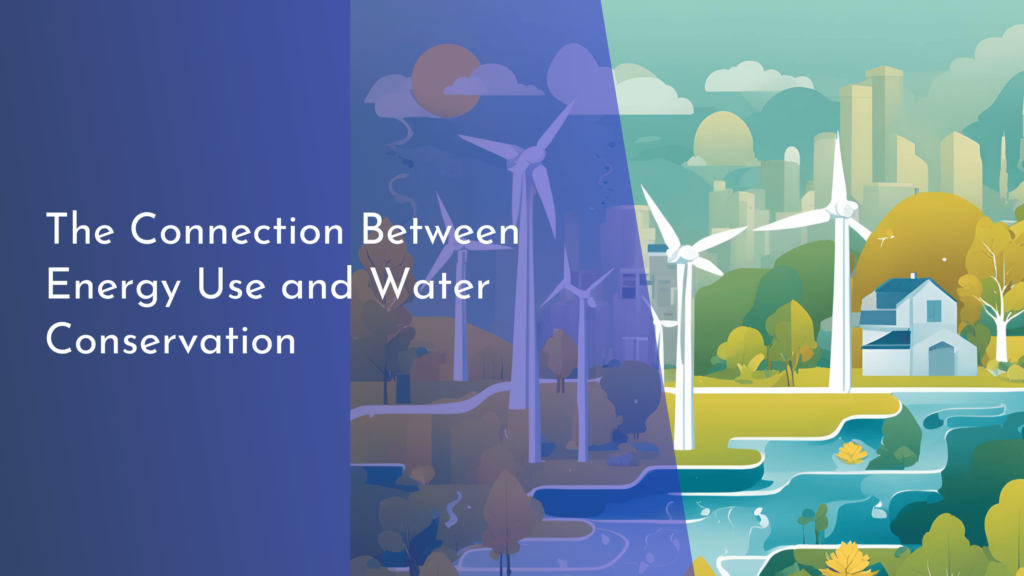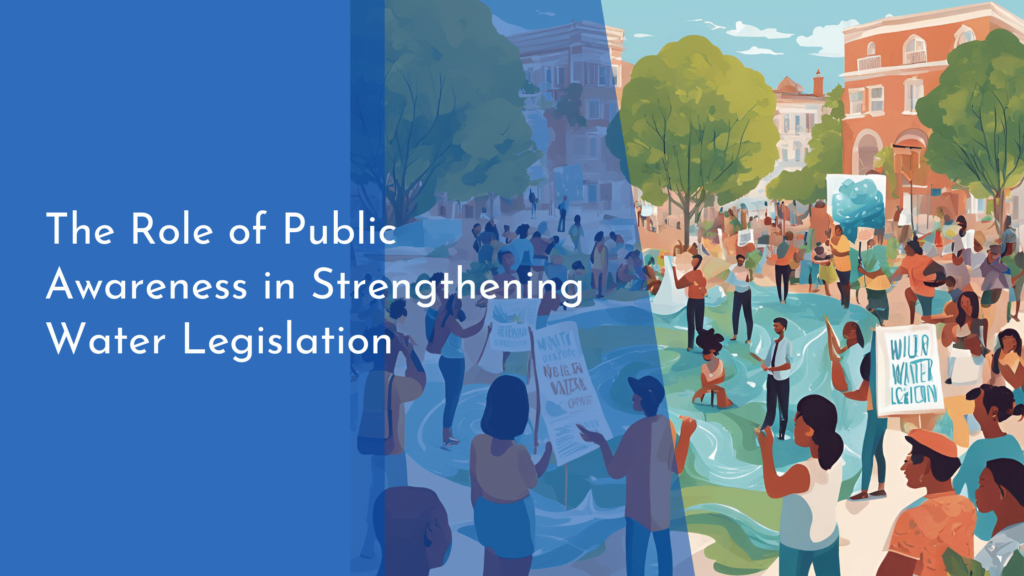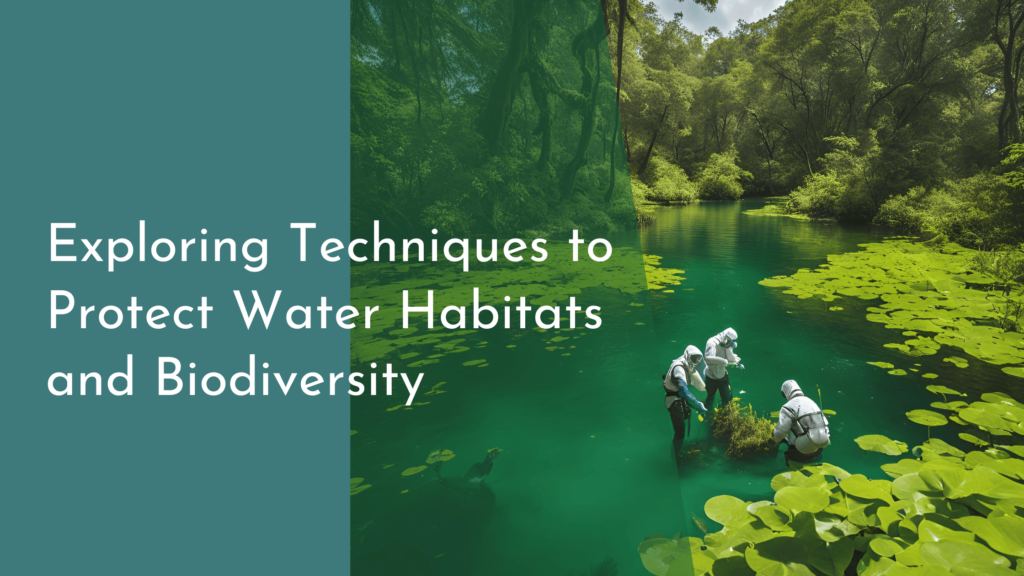How to Create an Effective Water Policy Advocacy Strategy
Water is the essence of life, and managing this precious resource effectively is crucial for sustaining communities and ecosystems. However, creating effective water policy advocacy strategies can be complex and multifaceted. Whether you are an environmental enthusiast, a policy wonk, or someone passionate about clean water access, understanding how to advocate for sound water policies is vital. This article will guide you through the fundamental steps of creating an impactful water policy advocacy strategy.
Understanding the Basics of Water Policy
Before diving into advocacy, it’s essential to grasp the fundamentals of water policy. Water policy encompasses the laws, regulations, and guidelines governing water management and distribution. This includes everything from drinking water standards and agricultural water use to wastewater treatment and environmental conservation. Familiarizing yourself with these aspects can help you identify where changes or improvements are needed and provide a solid foundation for your advocacy efforts.
Moreover, understanding the current water policy landscape involves staying informed about local, national, and international water issues. This includes recognizing existing legal frameworks and identifying any gaps or weaknesses in current policies. By maintaining a comprehensive understanding of these issues, you can better pinpoint opportunities for advocacy and drive meaningful change in water policy.
Identifying Key Stakeholders and Allies
Effective advocacy requires collaboration, which begins with identifying key stakeholders involved in water policy. These can include government agencies, non-profit organizations, community groups, and industry representatives. Understanding their roles, interests, and influence helps in crafting targeted advocacy strategies that address their unique perspectives and concerns.
Once you’ve identified key stakeholders, it’s valuable to build a network of allies who share your vision for improved water policies. These allies could range from environmental activists and scientists to community leaders and concerned citizens. By forming a coalition, you can strengthen your advocacy efforts and amplify your message, making it more likely to reach decision-makers and instigate change.
Crafting Clear and Compelling Messages
A pivotal component of any advocacy strategy is the message you convey. Crafting clear and compelling messages involves simplifying complex water policy issues into understandable and relatable terms for your audience. Focus on the key benefits and impacts of proposed policy changes, using data and real-life stories to illustrate your points and evoke emotional responses.
Furthermore, tailoring your messages to suit different audiences is crucial. A message that resonates with policymakers may differ from one that engages the general public or specific community groups. By customizing your communication to match the interests and priorities of your audience, you can enhance the effectiveness of your advocacy efforts and build broader support for your cause.
Building a Dynamic Advocacy Action Plan
To turn ideas into action, developing a dynamic advocacy action plan is necessary. This plan should outline clear objectives, strategies, and tactics for achieving your advocacy goals. Define concrete steps, such as organizing events, launching awareness campaigns, or engaging with media outlets, to ensure your efforts are coordinated and impactful.
An effective action plan also involves setting realistic timelines and indicators of success. Regularly assessing your progress and being open to adjusting your strategies based on feedback and evolving circumstances is critical. By maintaining flexibility and adaptability, your advocacy efforts can remain relevant and responsive to the changing water policy landscape, ultimately driving lasting improvements.
Final Thoughts
Advocating for robust water policies is no small feat, but with the right strategy, it becomes a rewarding endeavor that can lead to positive and lasting change. By understanding water policy basics, identifying key stakeholders, crafting compelling messages, and building a dynamic action plan, you equip yourself with the tools necessary to make a significant impact. As you embark on this journey, remember that collaboration and persistence are your allies in ensuring that water—our planet’s lifeline—remains accessible and sustainable for generations to come.

